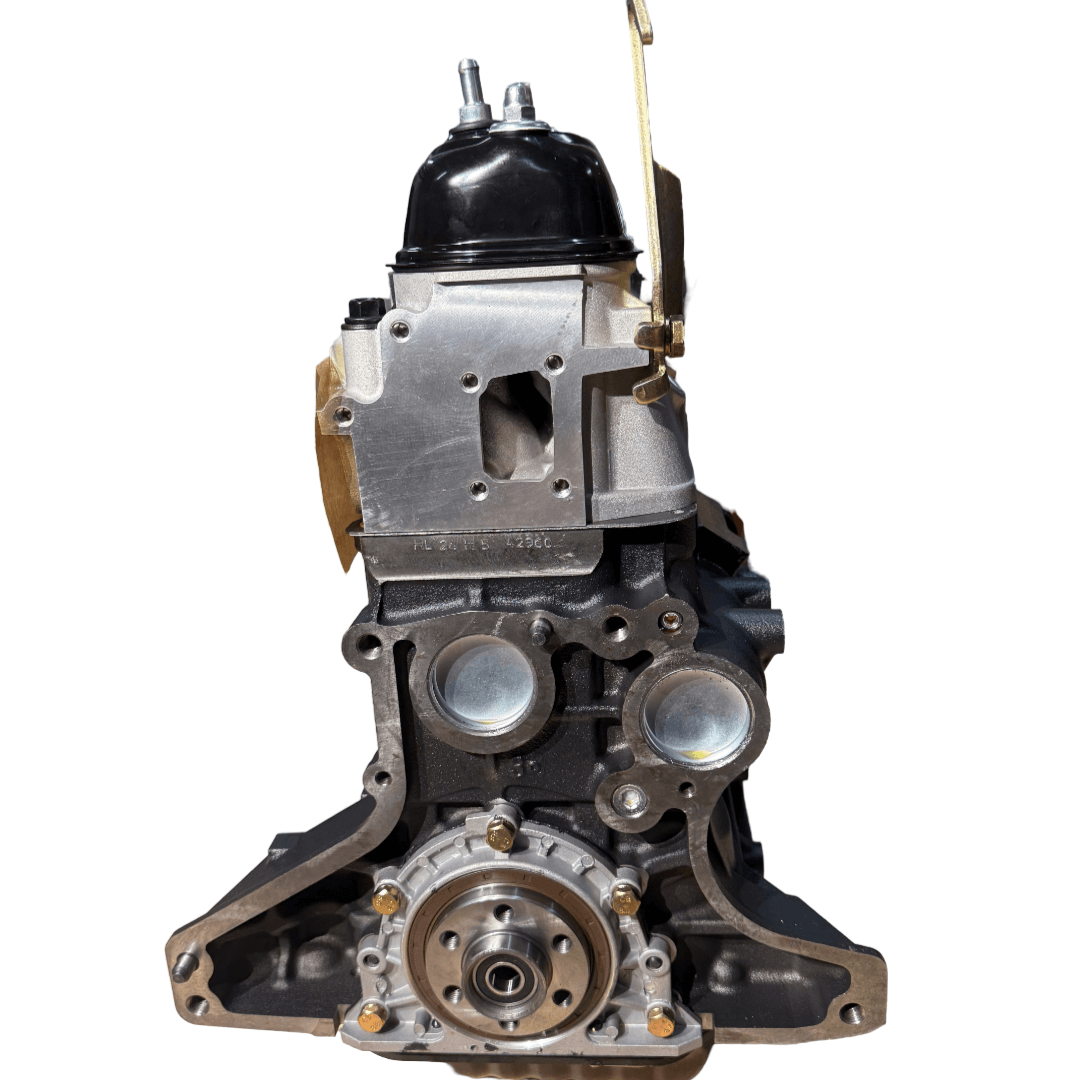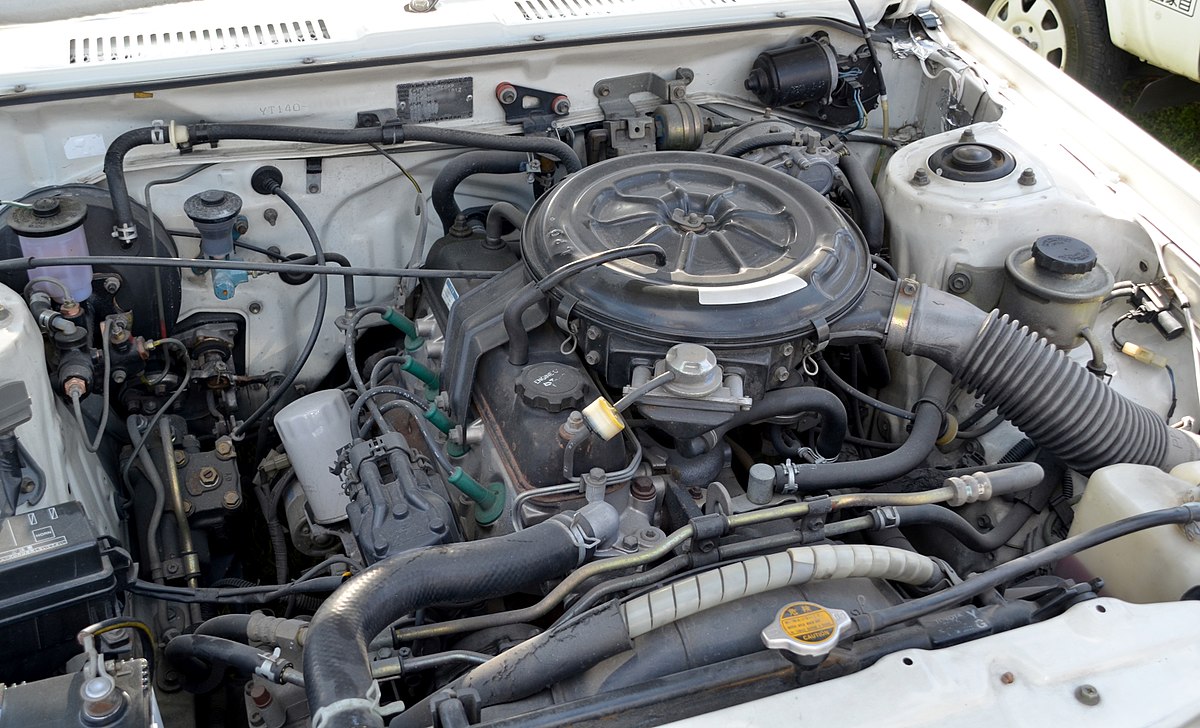How to Ensure Proper Care for Your 4Y Engine to Avoid Expensive Repairs
Discovering the Different Sorts Of Engine: Which One Fits Your Requirements?
In the pursuit to establish the most suitable engine kind for your details requirements, it is essential to review the unique features and advantages of each option available. Interior burning engines remain to control as a result of their reliability, while electrical engines are obtaining traction for their sustainability. Crossbreed engines offer a versatile concession, and diesel motor stand out for their power sought after applications. Additionally, alternative fuel engines present innovative remedies, albeit with particular restrictions. Comprehending your concerns will certainly contribute in this decision-making process, causing an exploration of factors that may affect your option.

Internal Burning Engines
Internal combustion engines (ICEs) are the foundation of modern transportation, powering a huge range of automobiles from cars and trucks to aircrafts. These engines operate the principle of transforming fuel right into mechanical energy through a series of controlled explosions within a burning chamber. The most usual sorts of ICEs consist of fuel engines, diesel motor, and rotary engines, each developed to satisfy certain performance and efficiency demands.
Gasoline engines usually utilize spark ignition, while diesel engines count on compression ignition, causing distinct differences in fuel effectiveness and power output (4y engine). Rotary engines, or Wankel engines, offer a small style and smooth procedure, but are much less frequently utilized in mainstream applications
ICEs have actually gone through considerable advancements in technology, including the introduction of turbocharging and fuel injection systems, which boost general effectiveness and efficiency. Despite their performance improvements, ICEs encounter enhancing examination because of their ecological impact, specifically pertaining to greenhouse gas exhausts. As the vehicle industry advances, the future of ICEs continues to be a subject of argument, balancing performance, performance, and ecological factors to consider. They proceed to play an essential duty in worldwide transport facilities.
Electric Engines
As issues about ecological sustainability and fossil gas reliance grow, electric engines have become an engaging option to interior burning engines. These engines use electric motors powered by batteries or gas cells, offering a cleaner and a lot more reliable motive powers.
One of the key advantages of electrical engines is their minimized exhausts. Unlike typical engines that shed nonrenewable fuel sources, electrical engines produce zero tailpipe exhausts, substantially lowering air contamination and adding to improved public health. Additionally, the effectiveness of electric motors frequently surpasses that of internal combustion engines, transforming a greater percentage of power from the source of power right into functional energy for activity.
Electric engines are also significant for their peaceful operation, making them ideal for urban environments. 4y engine. The simplicity of their design results in less moving parts, which can bring about reduced maintenance costs and raised dependability with time
However, challenges remain, consisting of battery production effects, charging infrastructure, and variety constraints. In spite of these difficulties, the growing financial investment in electric car technology and eco-friendly energy resources points toward an encouraging future for electric engines, positioned to play a vital role in the shift towards lasting transport.
Crossbreed Engines
Blending the benefits of both electrical and typical internal combustion engines, hybrid engines represent a versatile solution in the mission for reliable and sustainable transportation. These engines incorporate a gas or diesel engine with an electrical motor, permitting boosted gas performance and decreased discharges compared to traditional automobiles.
Hybrid engines operate in a number of modes, using the electric motor for low-speed driving and the interior combustion engine for higher speeds or when more power is required. This vibrant operation not only improves fuel economic situation however likewise adds to a smoother driving experience. Regenerative braking is one more essential feature, recording energy typically shed throughout braking and redirecting it to recharge the battery.

As consumers progressively prioritize eco-friendliness, crossbreed engines stand out as a useful selection, using an efficient equilibrium of performance, effectiveness, and ecological responsibility. This versatility makes them next suitable for metropolitan commuting and long-distance travel alike.
Diesel Engines
Performance and power are hallmarks of diesel engines, which have actually long been favored for their robustness and fuel economic climate. These engines operate the principle of compression ignition, where air is compressed to a high temperature level prior to fuel is infused, sparking it without the need for ignition system. This procedure makes it possible for diesel engines to achieve greater thermal performance contrasted to gas engines, equating into better fuel gas mileage and reduced co2 emissions.
Diesel engines are particularly appropriate for durable applications such as trucks, buses, and industrial machinery, where torque and durability are extremely important. Their style normally includes more powerful components to endure the higher stress generated during procedure, resulting in longer life span and reduced upkeep expenses.

Different Gas Engines
While diesel engines have long controlled the landscape of heavy-duty power sources, alternate gas engines are gaining traction as practical options for an extra lasting future. These engines use a selection of fuels, such as compressed gas (CNG), hydrogen, propane, and ethanol, aiming to decrease greenhouse gas emissions and reliance on fossil fuels.
One considerable advantage of alternate gas read review engines is their potential to lower carbon footprints. CNG engines send out fewer contaminants compared to typical diesel engines, making them appropriate for urban transportation systems and fleets seeking to improve air quality. Ethanol, stemmed from biomass, not only decreases exhausts yet additionally sustains farming economic climates.
Hydrogen gas cells represent a cutting-edge advancement in this world, offering zero-emission power with a chemical reaction in between hydrogen and oxygen. Challenges such as infrastructure growth and manufacturing expenses continue to be barriers to extensive adoption.
Verdict
Interior burning engines provide reliability, while more helpful hints electrical engines focus on sustainability and decreased upkeep. Crossbreed engines integrate the advantages of both, improving performance, whereas diesel engines give premium power and torque for sturdy applications.
Crossbreed engines provide a flexible compromise, and diesel engines stand out for their power in requiring applications. The most usual types of ICEs consist of gas engines, diesel engines, and rotating engines, each created to fulfill certain efficiency and efficiency demands.
Unlike standard engines that melt fossil gas, electric engines generate no tailpipe exhausts, considerably decreasing air pollution and contributing to enhanced public health and wellness.Crossbreed engines run in a number of modes, using the electrical motor for low-speed driving and the inner combustion engine for greater speeds or when even more power is required. Hybrid engines integrate the advantages of both, boosting efficiency, whereas diesel engines offer remarkable power and torque for durable applications.